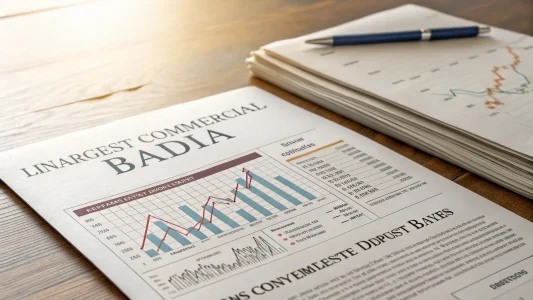Financial markets are showing a favorable trend for savers as certificate of deposit (CD) rates climb to impressive heights. A recent survey of banking products reveals that many institutions are now offering CD rates exceeding 4%, creating potentially lucrative opportunities for investors seeking guaranteed returns.
This uptick in CD rates comes at a time when many Americans are looking for safer investment options amid economic uncertainty. The higher rates represent a significant improvement from the near-zero returns savers experienced in recent years, giving consumers more options to grow their money with minimal risk.
Understanding the Current CD Landscape
Certificate of deposit products have traditionally been viewed as conservative investment vehicles, offering fixed interest rates in exchange for leaving money untouched for a set period. The current rate environment marks a notable shift from the past decade when rates remained stubbornly low.
Banking analysts point to several factors driving the increase in CD rates:
- Federal Reserve monetary policy adjustments
- Increased competition among financial institutions
- Banks’ need to attract stable deposits
For consumers, this means that shopping around for the best rates can yield significant differences in returns. Online banks and credit unions often lead with the most competitive offers, sometimes exceeding the national average by substantial margins.
How Savers Can Benefit
The 4% threshold is psychologically important for many savers. At this rate, a $10,000 deposit would generate approximately $400 in interest annually before taxes on a one-year CD. This represents a meaningful return that can help offset inflation’s impact on savings.
“These rates haven’t been seen in years,” notes one banking expert. “Consumers who have been sitting on cash waiting for better opportunities should take notice.”
Financial advisors suggest that savers consider creating a CD ladder strategy—spreading investments across CDs with different maturity dates—to maximize returns while maintaining some liquidity. This approach allows investors to capture high rates while still having portions of their money becoming available at regular intervals.
The current CD rate environment gives savers a chance to lock in returns that beat inflation without taking on market risk.”
Considerations Before Investing
Despite the attractive rates, consumers should weigh several factors before committing funds to CDs. Early withdrawal penalties can significantly reduce returns if access to funds becomes necessary before maturity. Additionally, while 4% represents a strong guaranteed return, it may still lag behind potential gains in other investment vehicles such as stocks or real estate.
Experts recommend that savers consider their overall financial situation, including emergency funds and long-term goals, before deciding how much to allocate to CDs. For many, using CDs as one component of a diversified savings and investment strategy makes the most sense.
The duration of these elevated rates remains uncertain. Some financial analysts predict rates could begin to decline if economic conditions shift, making this a potentially limited window for savers to secure these higher returns.
As the financial landscape continues to evolve, consumers who act now may find themselves in an advantageous position, having secured returns that may not be available in the coming months or years.
















